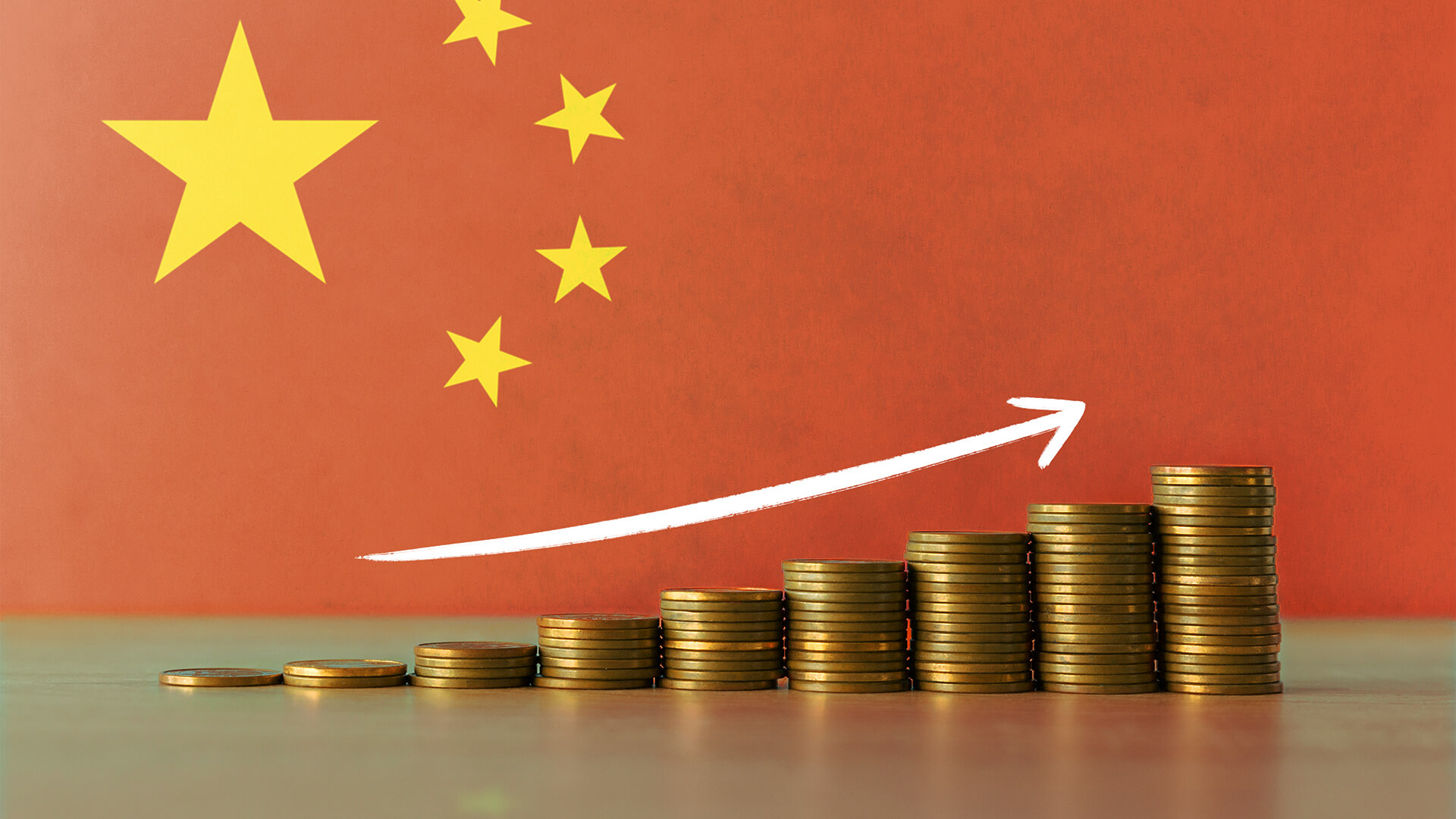
The Asia Pacific (APAC) region is set to become the fastest growing in terms of GDP growth in the world followed by the Americas, Europe and the Middle East & Africa (MEA) in 2021, says GlobalData, a leading data and analytics company. Economic factors in this ranking that are aiding global regional recovery include the rollout of vaccines, revival of global demand, effectiveness of government spending, and oil prices gaining traction. Particular, the APAC region is seeing fewer lockdown restrictions, a rebound in domestic consumption and an uptick in export demand.
Gargi Rao, Economic Research Analyst at GlobalData, says: “The collapse of oil prices and increasing COVID-19 cases has hurt all global economies. Europe witnessed a steep contraction in real GDP growth by 7.16% in 2020 followed by the MEA region (-5.23%), and the Americas (-5.16%). The APAC region saw a slower contraction of -2.12% last year, with China witnessing positive growth amid the pandemic.”
Timely implementation of fiscal policies, along with the procurement and distribution of vaccines, are expected to be the main drivers of growth recovery in 2021. The Americas region is expected to rebound with 4.7% growth backed by rising oil prices, whereas Europe and the MEA will grow by 4.46% and 3.66%, respectively, during the year.
Rao noted: “The Purchasing Managers’ Index (PMI) for manufacturing in the APAC region has witnessed an uptick since the closing months of 2020, which indicates a sharp recovery in business activities and production. The expected progressive rollout of COVID-19 vaccines will help countries contain the spread of the disease and economic activities to rebound in 2021. In addition, the rebound in growth of major APAC countries such as India and China will create further opportunities for trade and spur growth.”
Growth in manufacturing and an uptick in the service sector will also spur growth in the Americas region, with an increase expected in business activities and online retail trade. The monetary authorities in Latin American countries have maintained steady benchmark rates to ease liquidity constraints, while the huge fiscal stimulus by the US Government will have favourable spill over effects to the region in 2021.
Ms Rao continues: “Growth in Europe is expected to be bolstered by the NextGenerationEU framework and political agreements on recovery and resilience funding. Meanwhile, the MEA and Americas regions will be benefitted by the rise in crude oil prices bringing in more demand opportunities and leading to higher growth rates in the coming years. The recent signing of RCEP agreement will boost trade in the APAC region by lowering tariffs and expanding intraregional trade in services and e-commerce.
“The outlook for all regions remains clouded by geopolitical tensions, resurgence of COVID-19 cases and volatility in oil prices. However, the strength of the recovery varies across regions as it depends on effectiveness of vaccine rollouts, implementation of fiscal stimulus packages, exposure to cross-country spill overs, and structural characteristics of the countries. The policy actions need to provide effective support to revive the global demand and tap export opportunities to spur growth in 2021 and beyond.”




























